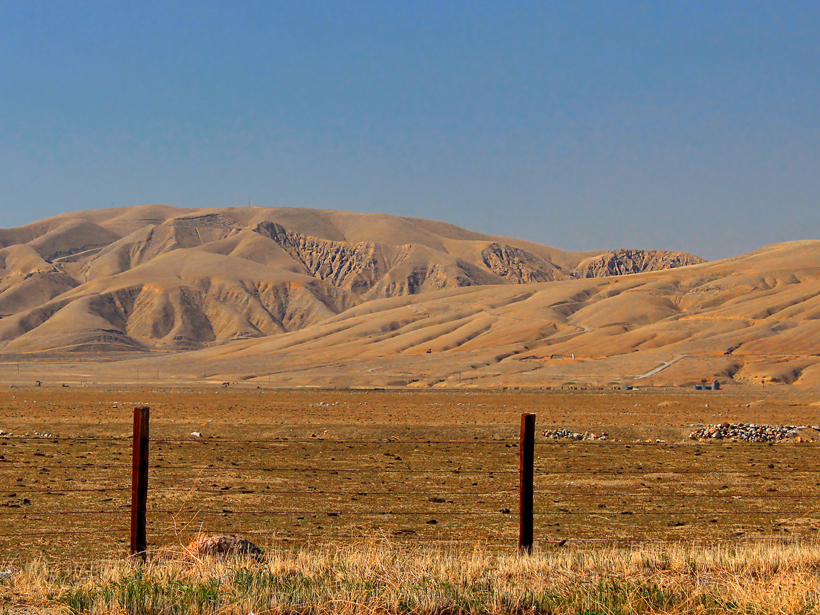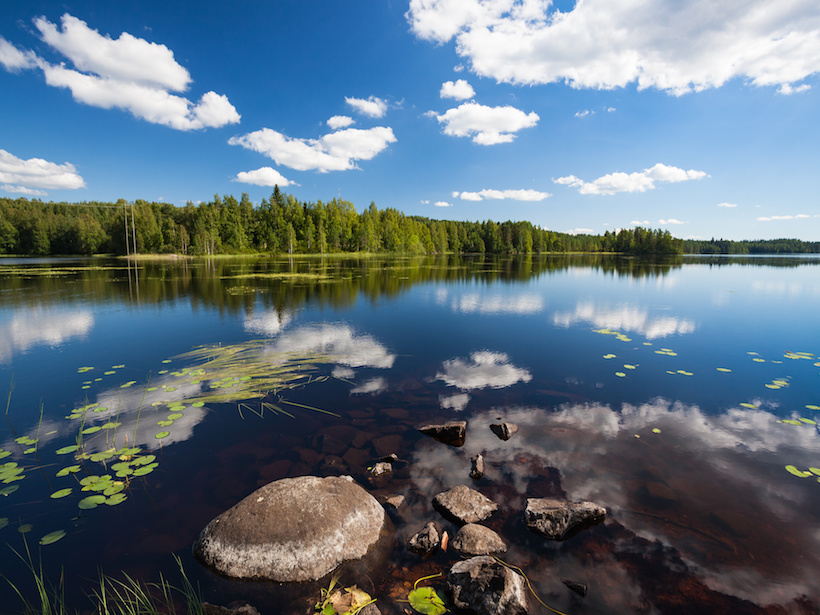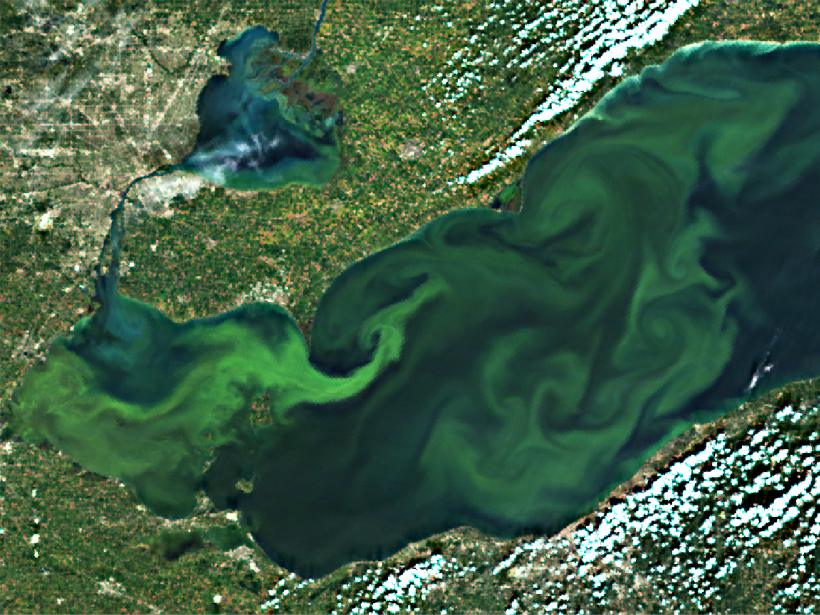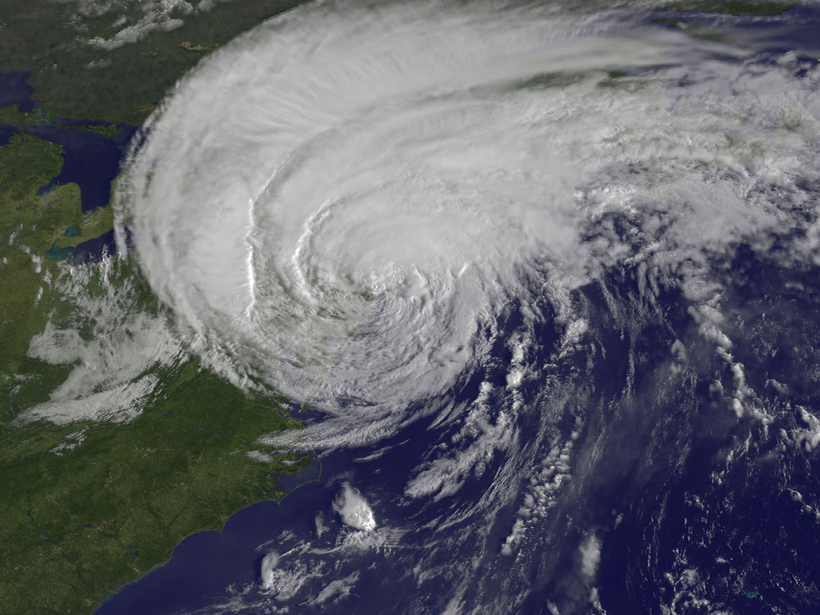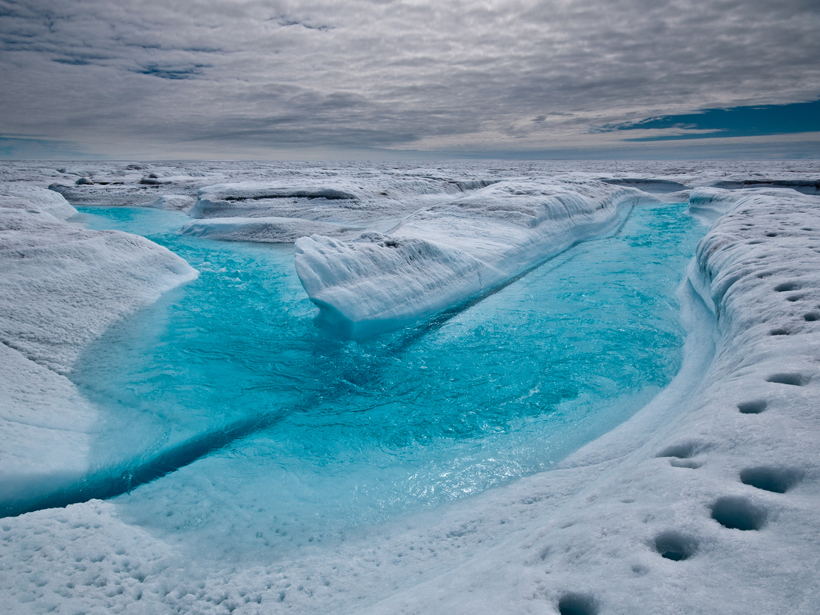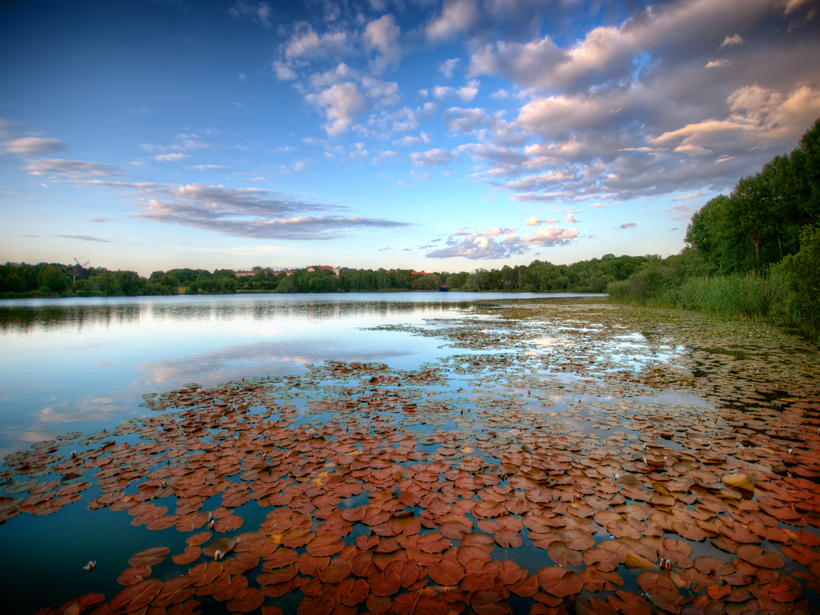Scientists reconstruct the paleohydrology of Tulare Lake to unravel the region's long-term drought history.
lakes
High Methane Emissions Detected During Subarctic Lake Melt
A spike detected in surface methane released from a seasonally ice-covered lake in northern Sweden coincides with the spring thaw and lake overturn.
Challenges in Assembling and Managing Environmental Data Sets
Pulling together long-term data is increasingly important in assessing environmental changes, whether regionally or globally.
Giant Balls of Bacteria Pile Up on Arctic Lake Beds, Ooze Toxin
Researchers have found cyanobacteria colonies as big as softballs thriving unexpectedly on shallow Greenland lake bottoms, exuding liver-damaging microcystin. Locals dubbed them "sea tomatoes."
Agencies Collaborate, Develop a Cyanobacteria Assessment Network
An integrated, holistic approach to detecting and characterizing cyanobacteria blooms could reduce human health risks and better direct field resources.
Past Phosphorus Runoff Causes Present Oxygen Depletion in Lakes
Sediment cores show how phosphorus pollution in the 1950s led to current, inherited hypoxia in lakes in the Alps.
The Future of Antarctic Subglacial Lake Exploration
Antarctic Subglacial Lake Exploration: First Results and Future Plans; Chicheley Hall, U. K.; 30–31 March 2015
Historic Hurricane Data Give a Warning for the Future
Sediment cores from a Massachusetts pond help suggest that as ocean temperatures rise, the occurrence of severe hurricanes along North America's Atlantic coast will increase.
Building a Better Glacial Speedometer
Researchers race to measure and predict the Greenland ice sheet's seaward slide.
How Much Carbon Dioxide Does Sunlight Release from Lakes?
A study of more than 1000 lakes in Sweden helps model sunlight's ability to drive greenhouse gas emissions.

